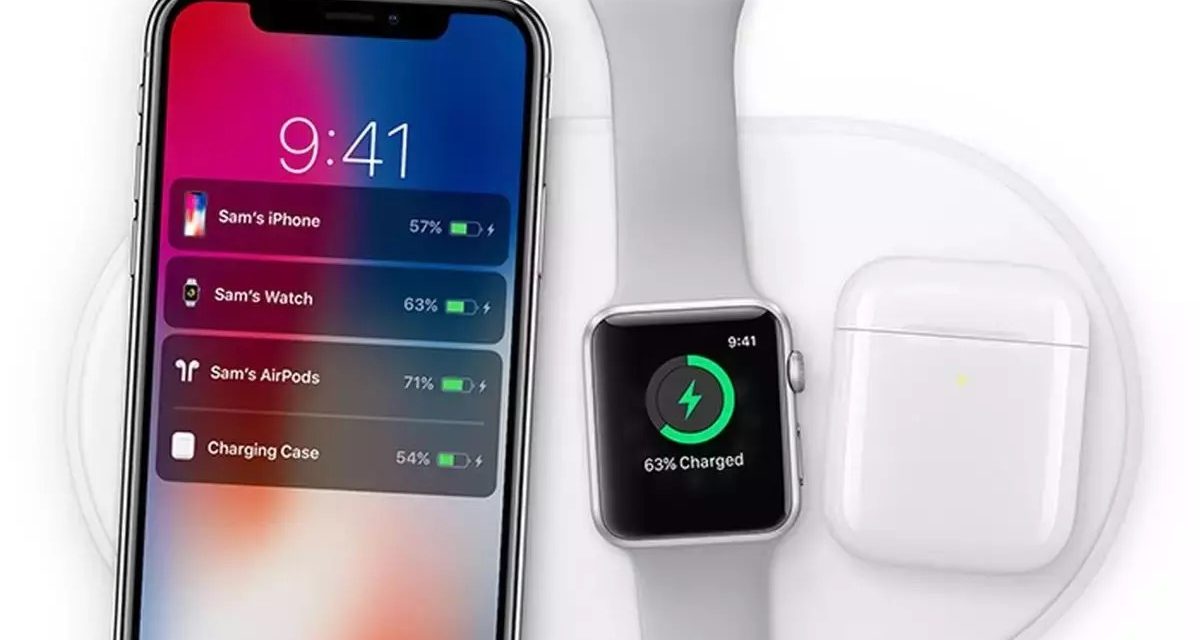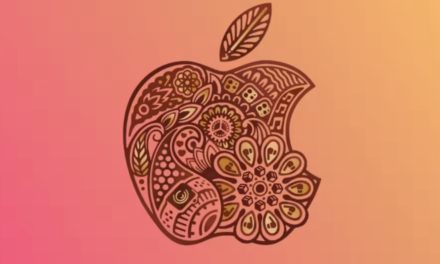Apple has been granted yet another patent (number US 11710984 B2) that shows the abandoned AirPower project could yet be revived.
About the AirPower
The AirPower (pictured in an image released by Apple almost four years ago) was originally announced in September 2017 alongside the iPhone X. It was supposed to be able to charge a Qi-compatible iPhone, an Apple Watch, and a pair of AirPods (in a special wireless charging case) at the same time regardless of where they were placed on the pad.
However, there were constant rumors of production, engineering, and manufacturing difficulties. Seems those rumors were right, as Apple announced in March 2018 that work on the device was being canceled as, in Apple’s words, “will not achieve our high standards.”
About the patent
In the patent Apple notes that wireless charging is useful for a variety of devices. As electronic devices in which wireless charging components are housed reduce in size, the available space for materials may be limited, which may affect operational performance. Apple is looking into ways to overcome such issues.
Summary of the patent
Here’s Apple’s abstract of the patent: “Electronic apparatuses according to embodiments of the present technology may include an enclosure having a lid. The enclosure may define a first cavity and a second cavity, and may include an enclosure battery. The apparatuses may include a first enclosure wireless charging coil extending about the first cavity. The apparatuses may include a second enclosure wireless charging coil extending about the second cavity.
“The apparatuses may include a first earbud having a first earbud battery and a first earbud wireless charging coil operably coupleable with the first enclosure wireless charging coil for wireless charging of the first earbud battery. The apparatuses may include a second earbud having a second earbud battery and a second earbud wireless charging coil operably coupleable with the second enclosure wireless charging coil for wireless charging of the second earbud battery.”
Article provided with permission from AppleWorld.Today




